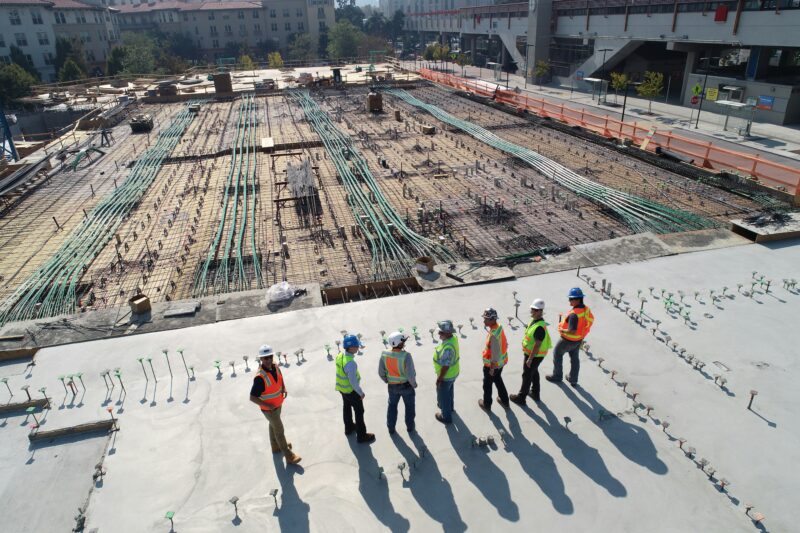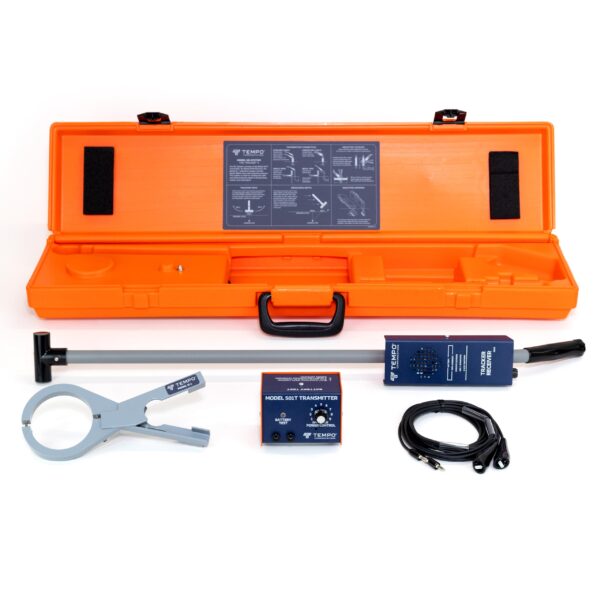Have you ever wondered what those lines labeled “Utility Easement” on your property survey really mean? If so, you're not alone. Utility easements can spark plenty of questions, especially when it comes to construction projects. Knowing how close you can build to a utility easement can save you time, money, and a heap of headaches down the line—so let’s break it down.

A utility easement is essentially a legal arrangement that allows utility companies to access a specific portion of your property for installing and maintaining services like water, gas, electricity, and telecommunications lines. While you still own the land, you are required to keep that area accessible for these services. Think of it as shared custody—you get to use the land, but the utility company always gets visitation rights.
Utility easements can run underground (like for sewer lines) or overhead (for power lines). The width and placement of easements vary depending on your lot size and neighborhood, but common dimensions range from 7 to 10 feet along property lines.
The short answer—yes, but it’s complicated. While it’s possible to add certain structures over or near an easement, it’s not always advisable. Why? If the utility company needs access, you’ll likely be responsible for removing any obstructions, and there’s no guarantee you’ll be reimbursed for damage. Here’s a quick guide to what you can and can’t do:
| Structure | Allowed? | Risks |
|---|---|---|
| Fence | Yes, typically | May need to be removed for access; utility company might not rebuild |
| In-ground Pool | No | Complicated plumbing and digging interfere with utility lines |
| Hot Tub or Deck | Not recommended | Risk of damage during maintenance |
Items like shallow-rooted plants, shrubs, and lawn modifications are generally safe, but even these could be affected during scheduled repairs or upgrades.

Setbacks—those required minimum distances between structures and property boundaries—don’t always account for utility easements. For example, you might meet the city’s setback rules for building a detached garage but unknowingly encroach on an easement. If that happens, your structure could still be deemed noncompliant and subject to removal. Reviewing both setback requirements and easement locations ensures you don’t fall into this trap.
Before you dive into construction or landscaping near an easement, do your homework:
For a deeper dive into the implications of building or planting near easements, you might find this article helpful: Understanding Easements on Farmland.
If any part of the process feels confusing, don’t hesitate to bring in reinforcements. Licensed contractors, surveyors, or even real estate attorneys can offer professional insights to navigate easement rules—especially for high-stakes projects like home additions or new builds.
Neighbor disputes can crop up when easements are involved—particularly if one party starts building on or near a shared property line. Open communication about easement boundaries and proper permitting can prevent misunderstandings before they escalate into full-fledged conflicts.
Understanding utility easement guidelines can transform frustration into peace of mind. Are you planning to build or landscape near an easement? Share your experiences below or ask questions—we'd love to help you navigate your next project!



Building near a utility easement can be a tricky endeavor, but with the right knowledge and planning, you can navigate these challenges with confidence. We hope this guide has peeled back some of the mystery surrounding utility easements and provided you with valuable insights for your next project. If you're as passionate about architecture and city planning as we are, we'd love to keep the conversation going. Feel free to check out some of our innovative design inspiration on Pinterest, or take a peek behind the scenes on our Instagram. We also share daily updates and engage with our wonderful community on X and Facebook. Connect with us there—your insights and experiences could inspire our next topic!
Yes, it's typically possible to build on a property easement, including utility easements. However, to avoid potential complications and maintain peace of mind, it is advisable not to build on the easement. The entity with legal rights to the easement may require access to it.
In North Carolina, easements are generally required to be documented in writing. The most common method to establish an easement is through an express written grant. This document should define the easement's scope and location and must be filed with the register of deeds in the county where the affected properties are situated.
For a prescriptive easement in Washington State to be recognized, a property owner must utilize part of another's land openly, notoriously, and continuously for a period of 10 years, without seeking permission. The criteria for a prescriptive easement closely align with those for establishing adverse possession.
The width of a utility easement can vary based on the specific needs of the utility. Typically, utility easements range in width from 10 to 50 feet.

Immerse yourself in architecture’s most boundary-pushing ideas—where innovative home improvements meet visionary urban developments. Discover new building techniques, materials, and creative concepts that are redefining how we shape our spaces on a global scale.